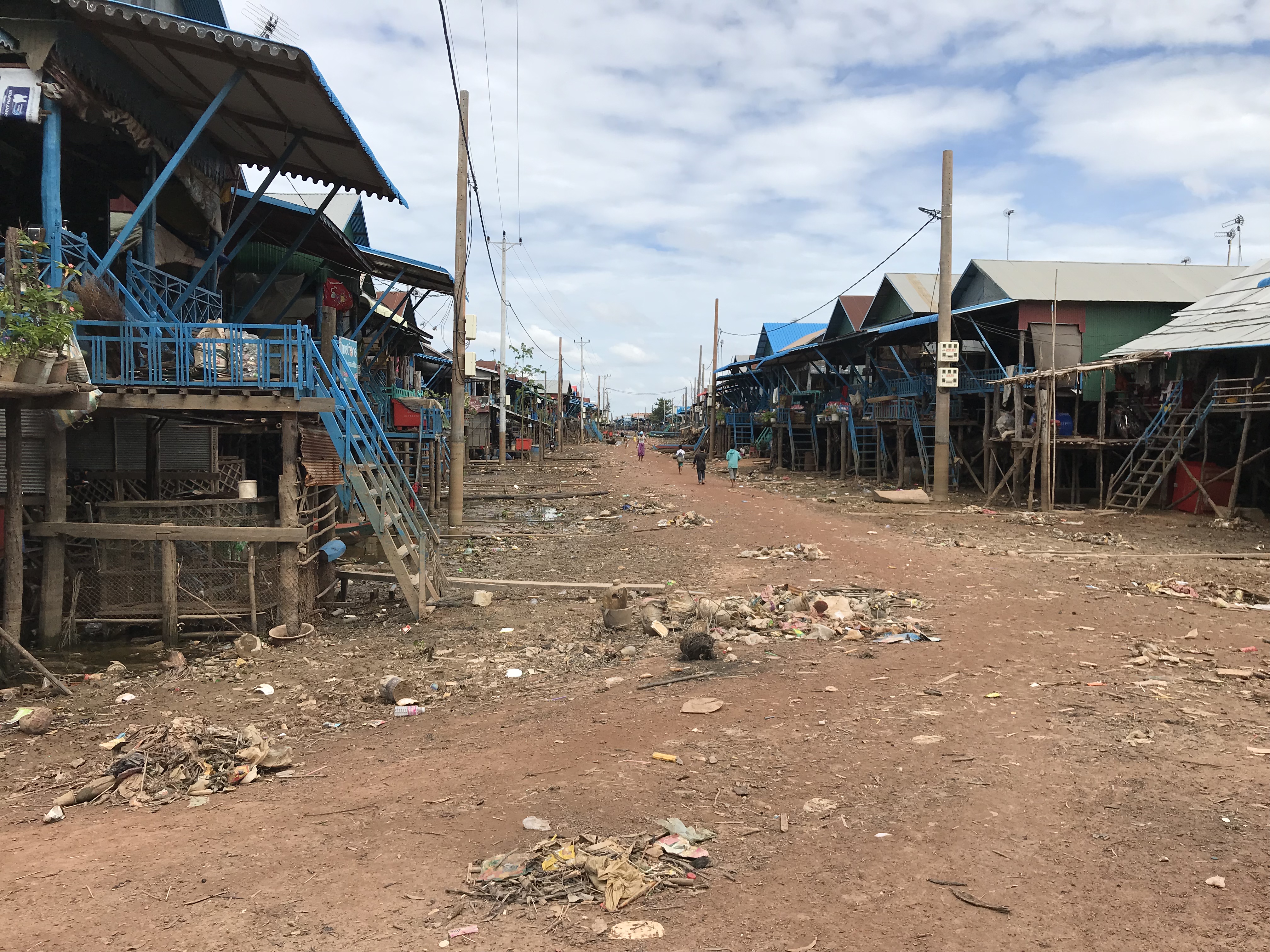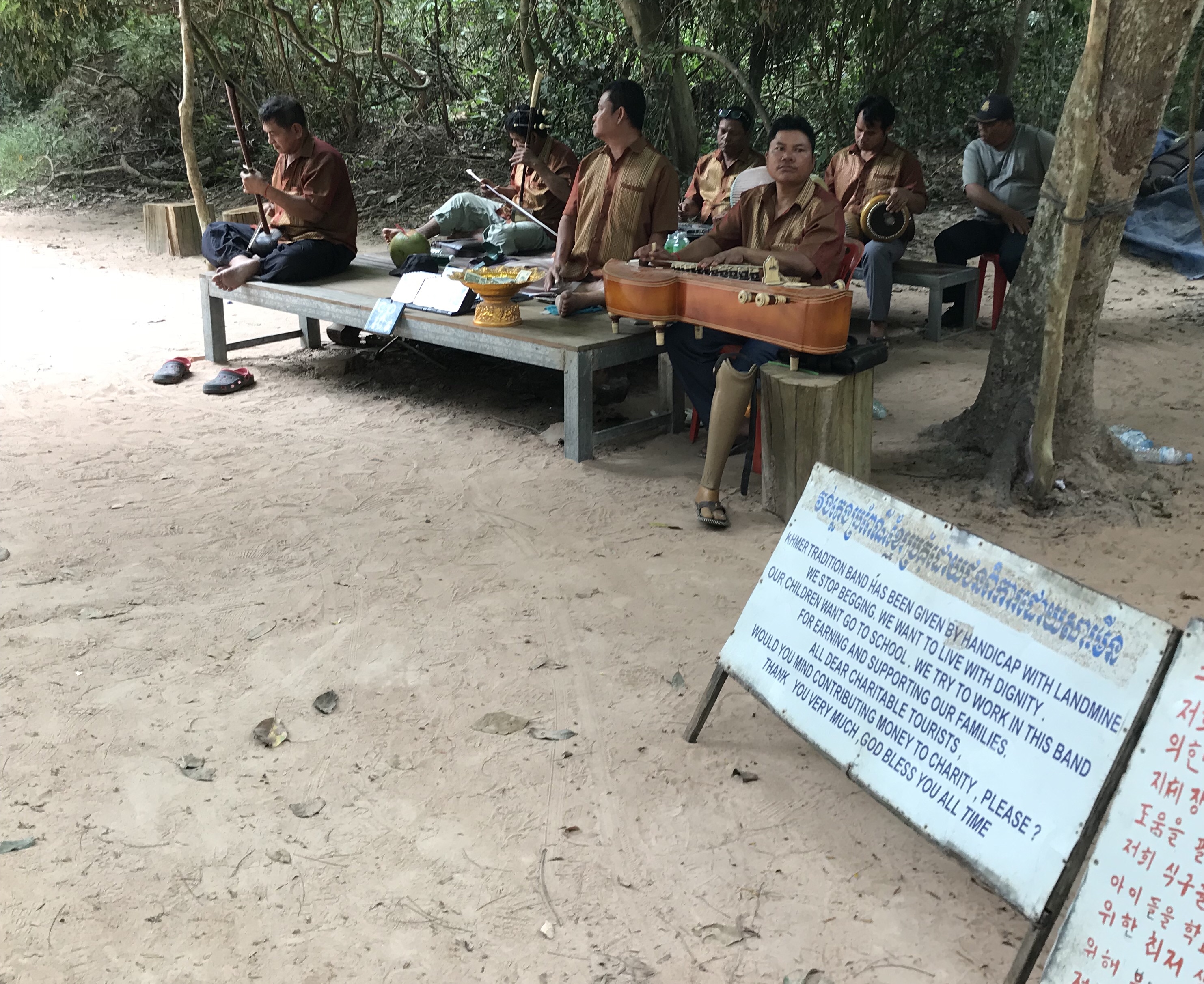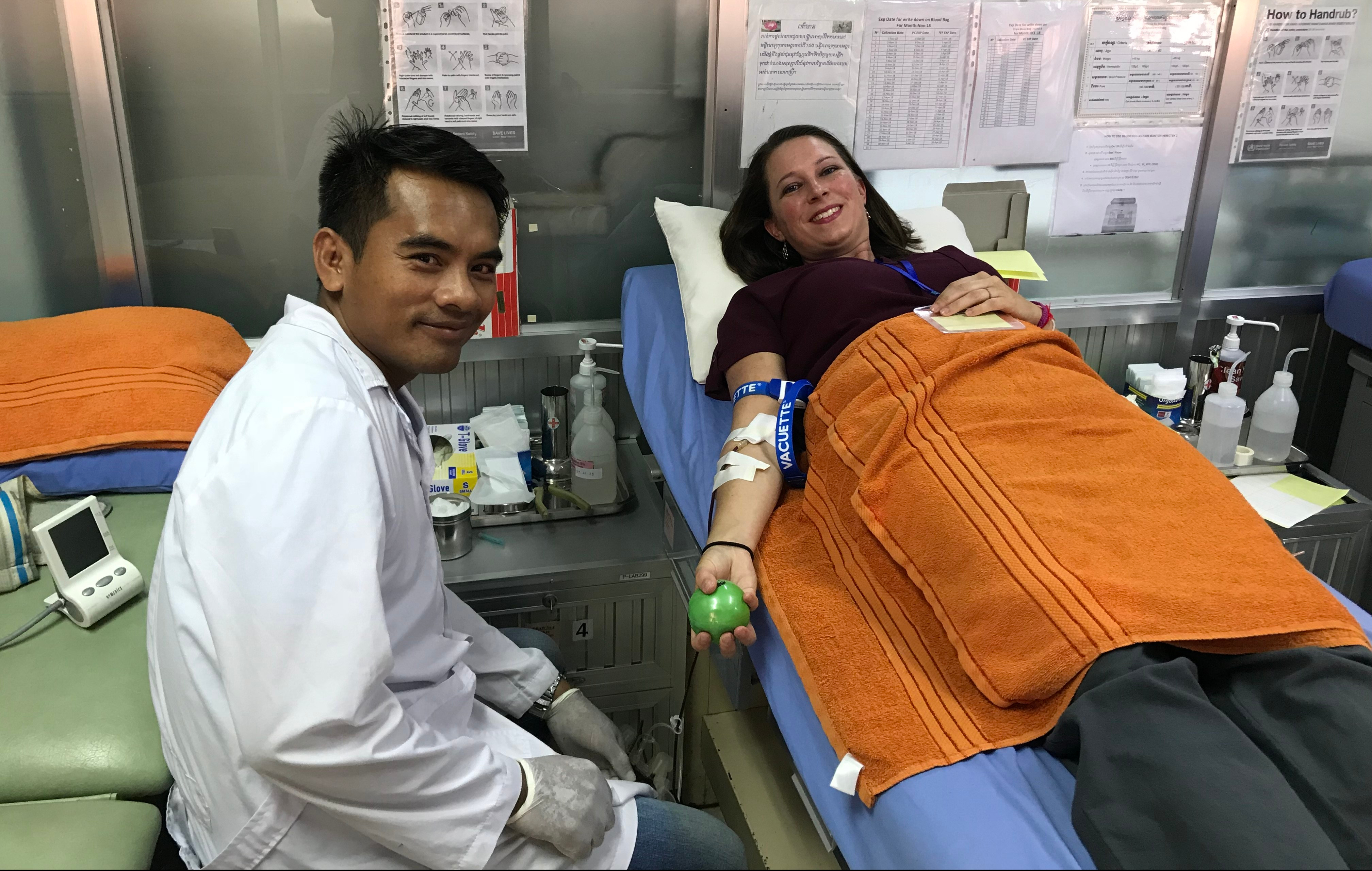We have been abroad for 11 months and during that time we have travelled to 13 countries (14 if you count an afternoon killing time and dodging vendors at the border in Myanmar for a visa run.) We have been on more flights that I care to count and probably triple that in hotel rooms. We have dipped our toes in the Andaman Sea, the Gulf of Thailand, the South China Sea, the Java Sea and the Mediterranean. We have hired Ubers, GoJeks and Grabs, and ridden bicycles with kids in ergos, kids in seats, kids in tag-a-longs, and kids holding on for dear life. We have been in a horse-drawn cart and several bicycle rickshaws. We have chartered a helicopter, a flight and several boats. We’ve ridden in tuk-tuks, in songthaews and on the back of scooter-taxis. We’ve been on underground boats and open-ocean ferries, taken light-rail or subways, a diesel train through the countryside and a kiddie train around the mall. We’ve travelled by water buffalo, double-decker bus, gondola and longtail boat. We have rented cars and driven on both the right and the left-sides of the road and we have walked hundreds of miles.
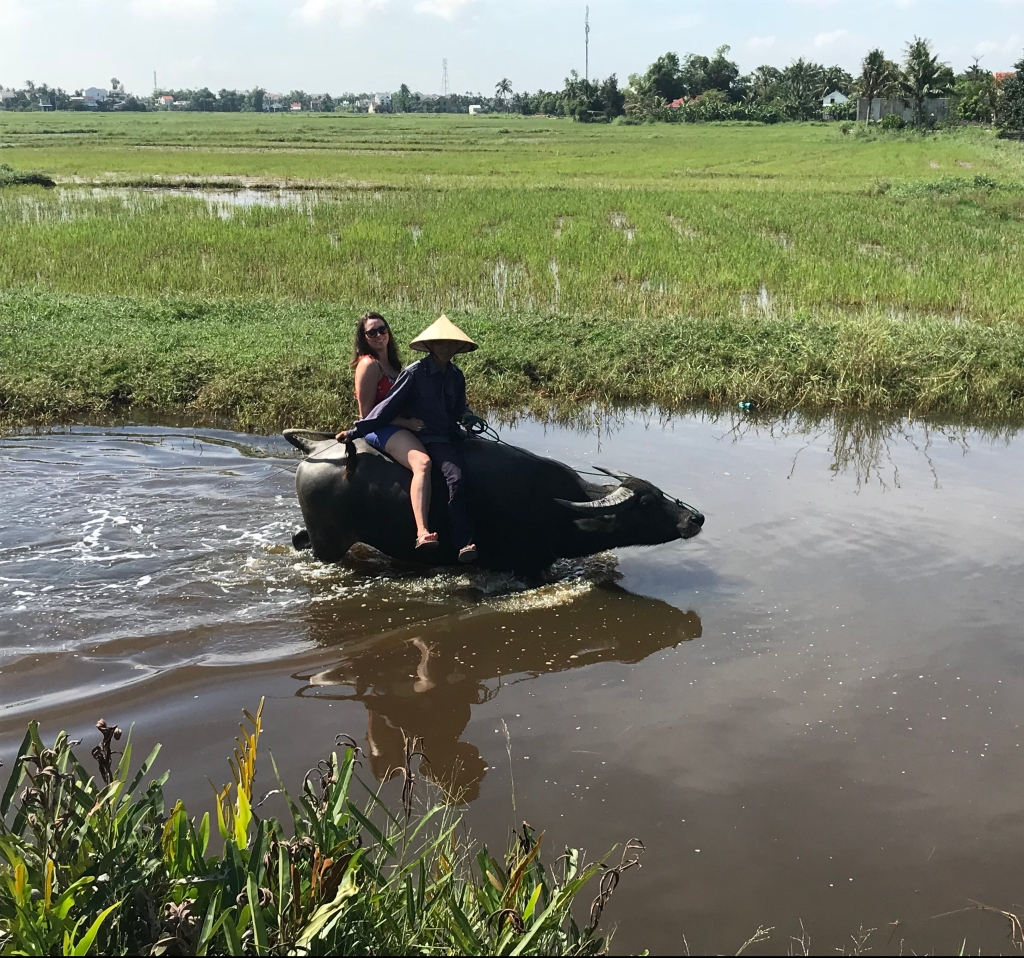
Riding a water buffalo in Vietnam 
Horse-drawn cart in Gili T, Indonesia
The vast majority of the 344 days we’ve been away from home were spent just living a regular life, you know, grocery shopping, going to work or school or running errands, exercising and playing at parks. But strings of normal days have been punctuated with special events–the bucket list items–where we found ourselves awestruck, or dumbstruck, or starstruck, or physically struck (by cars, which actually happened twice.) We climbed the ancient Mesoamerican pyramids of Teotihuacan and stared into the blank eyes of the mummies of Guanajuato while in Mexico. We have kissed the Blarney Stone in Ireland, visited Stonehenge in England and participated in the Highland Games in Scotland. We searched for the Loch Ness monster, saw the Mona Lisa and stood in the front row of a Mumford and Sons concert. We bungee jumped. We hand fed elephants in Thailand and were blessed by a monk for safe travels. We visited the Angkor Wat temples and donated blood at a local hospital in Cambodia. We watched the light and sound show featuring over 42 buildings in Hong Kong from a sky bar patio. We released a lantern at the Loy Krathong festival and took a cable car over waterfalls and jungles before crossing the Golden Bridge in Vietnam. In Indonesia, we swam with sea turtles and snorkeled over a sunken statue. We saw both the Himalayan mountains of Annapurna and Everest. We witnessed the washing of a body with holy water from a Hindu temple and the cremation of the remains on the river bank in Nepal. Of course, Ben trekked to Everest base camp where he stared with his bare eyes at the tallest mountain in the world in all of its glorious wonder. We stood in Catherine de Medici’s bedroom and saw the collapsed roof of the Notre Dame Cathedral. On a brief layover in the United Arab Emirates, the kids and I visited the Burj Khalifa-the tallest building in the world. We have swung over the rice terraces in Bali, visited the Hanoi Hilton and broke into an abandoned women’s prison in Chiang Mai. We have seen the Liberty Bell, the White House and the Discovery space shuttle. And thanks to that monk’s blessing, we have managed to do with only one visit to ER and one minor bout of food poisoning.

Visiting the elephant sanctuary in Thailand 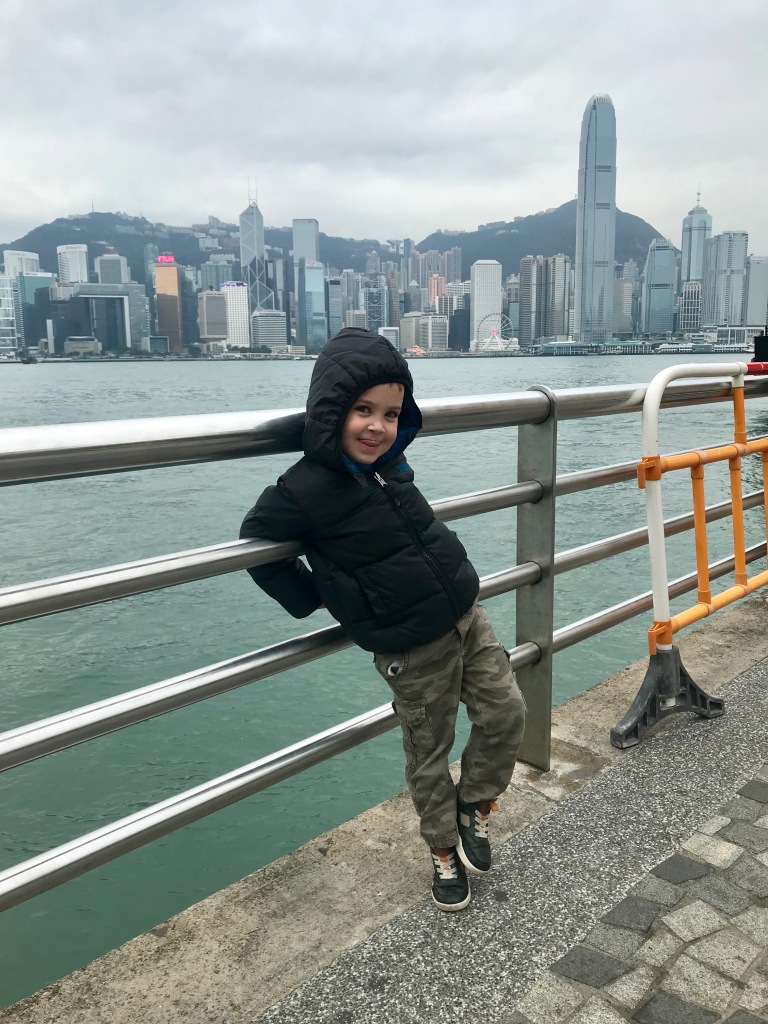
Hong Kong 
The Loy Krathong Festival in Chiang Mai 
The Golden Bridge in Vietnam 
Gili Trawangan, Indonesia 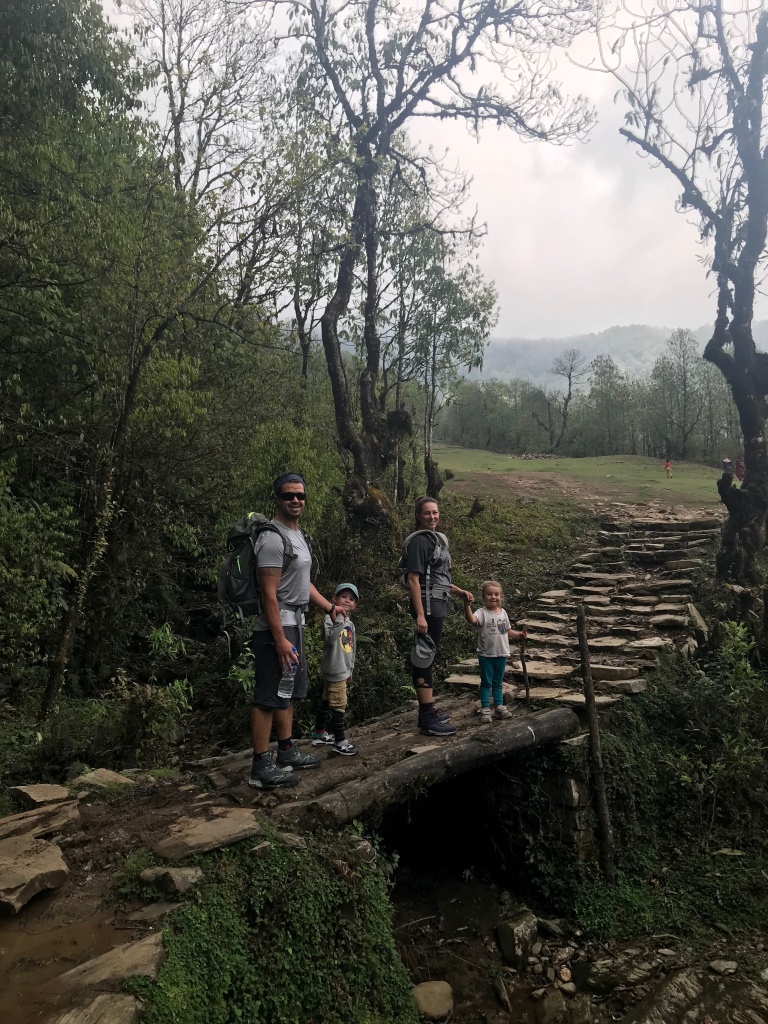
Hiking the Annapurna Circuit in Nepal 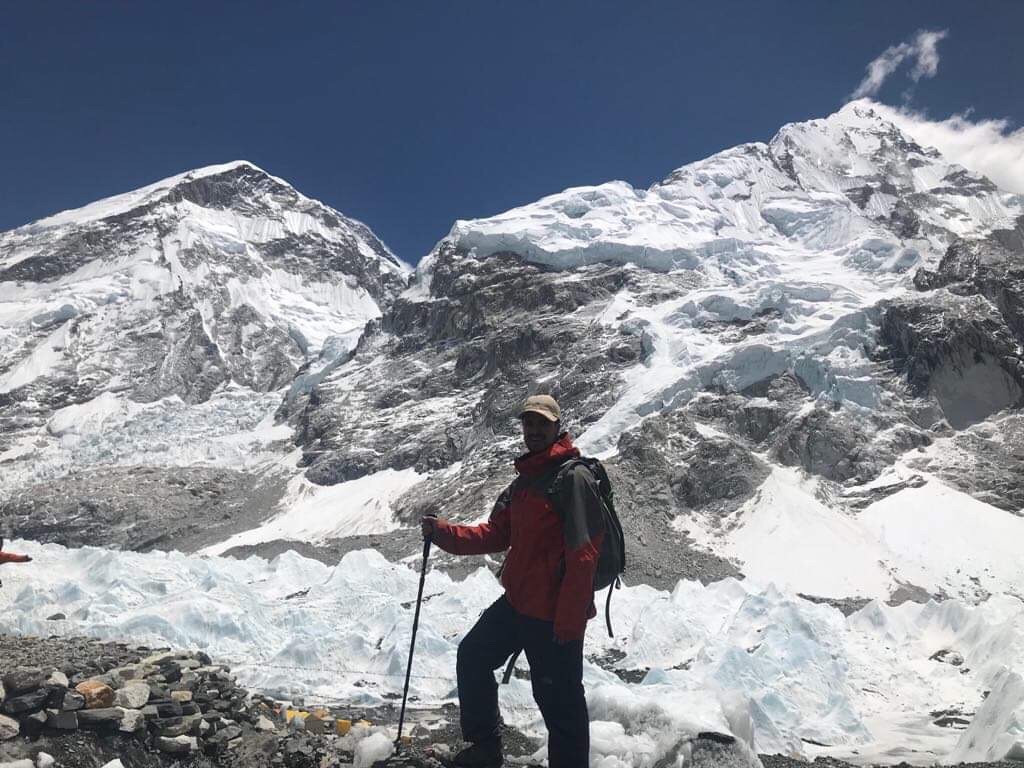
Hiking to Everest Base Camp, Nepal
We have also grown a lot as individuals on our journey. The kids have been forced to travel for nearly a year without a stroller, making them confident road crossers and traffic minders. They have learned how to step off of escalators without help and how to buckle their own seatbelts. They have learned to drink out of water bottles in a moving car, to hold their own umbrellas upright, to get by with only a handful of toys and to go to bed by themselves without constant cuddling. We are impressed by both kids’ resilience with which they accept that they have no home, can’t speak regularly to their old friends, have to constantly leave new friends and have no control over their environment. And they have become more resourceful and patient than I could imagine. We have also travelled for 11 months without losing Falcon’s beloved Monkey Man which I consider a straight up miracle. We have kept our special, plastic, color-changing Chewbacca spoon that Falcon uses daily for his cereal, as well as more important items such as our wallets, ID cards, and cell phones.
Personally, I have gone a year without really wearing any make-up. I haven’t curled or blow dried my hair once. I occasionally pluck rogue eyebrows (although I don’t think that they ever really recovered from the over-plucking look of the 90’s.) My clothes are tattered from months of wear and line drying, and they have weathered the loss of 15 pounds in Nepal and gain of 10ish pounds in France. Grey hairs and sunspots have popped up like left and right, despite lasering the crap out of them in Thailand. Overall, one could say that I have succumbed to a low maintenance, somewhat cavewoman-like appearance. And to compound any stress that I have about returning home, I have agreed to attend my 20-year high school reunion on the way back. In fact, I will fly straight from Mexico into the heart of that madness, stretched out clothes, frazzled hair and all.

The Burj Khalifa 
Visiting the Eiffel Tower in Paris 
Peeping at the Mona Lisa 
Falcon competing in the Highland Games in Scotland 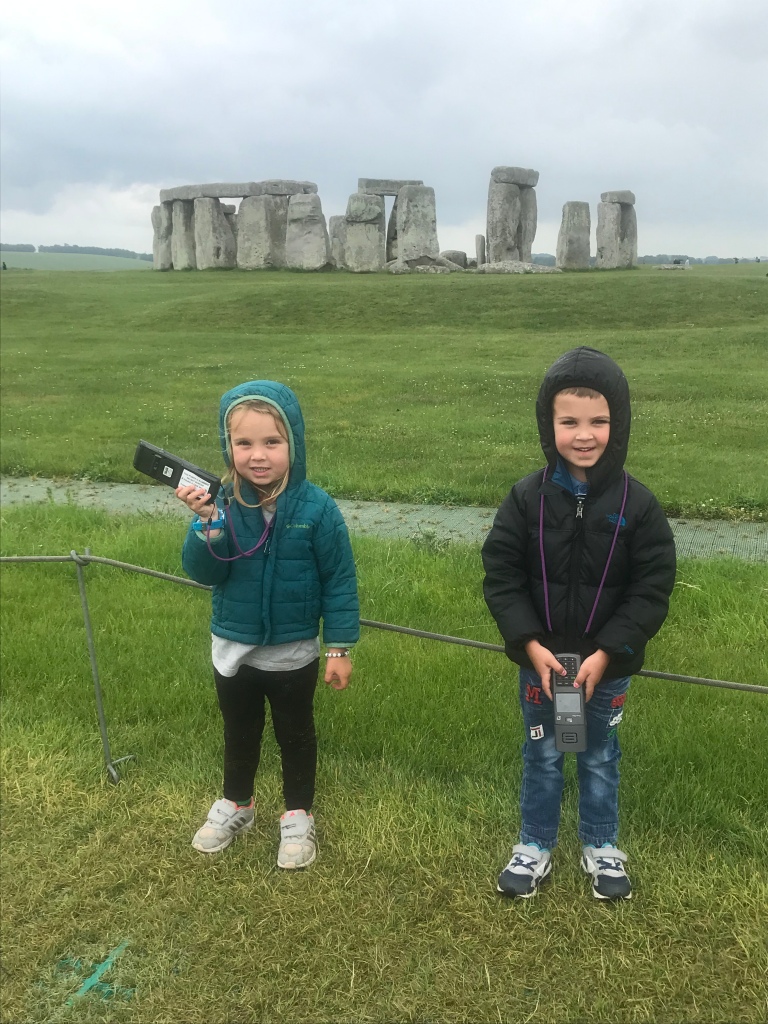
Stonehenge 
Visiting the Discovery Space Shuttle 
Washington D.C. 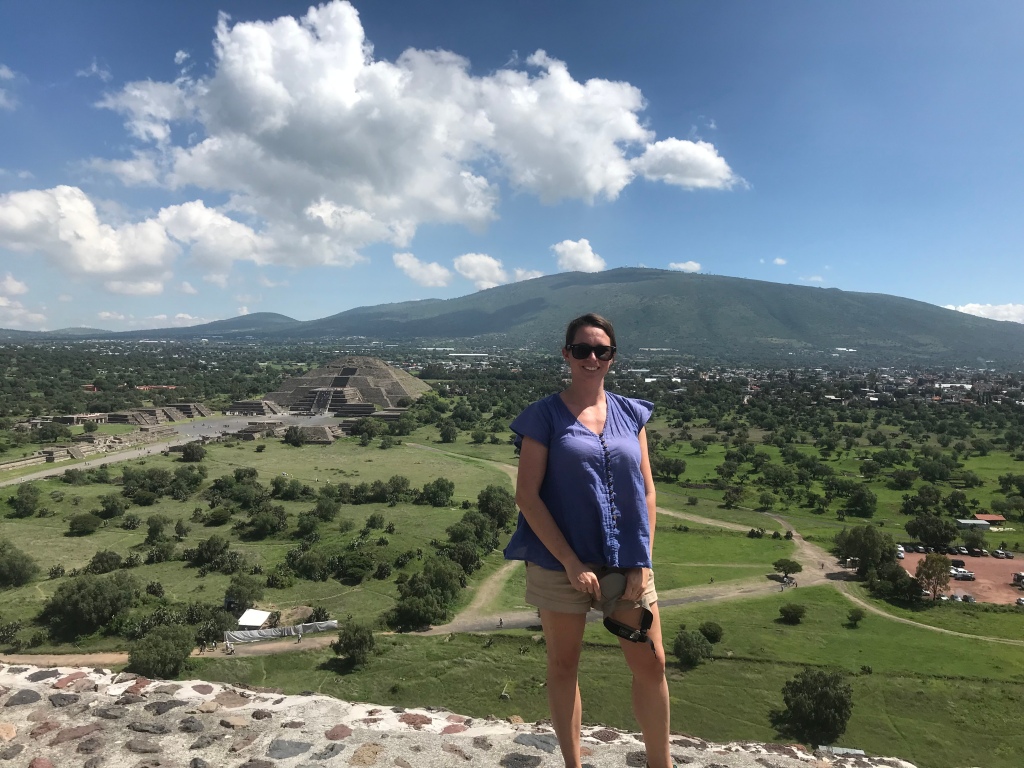
Climbing the Sun Pyramid in Teotihuacan, Mexico
We have missed celebrating holidays like Christmas, Thanksgiving and Easter. Mother’s and Father’s days fell on different days in Europe than America so we felt a little disconnected from those holidays as well. Several of our friends have moved away from our hometown and my sister welcomed a new baby in our absence. I never thought that I would say this but we miss having a routine. We struggle not being productive, having time to ourselves and exercising. Although we have thankfully avoided some of this bizarre American presidency, we have been completely out of the loop of American politics, including the ability of vote. And…we have spent our entire savings and then some. We have cycled through a bazillion pairs of sunglasses, umbrellas, chapsticks and jars of peanut butter. We left with about 220 pounds of stuff for our move to Thailand and we will be returning with 120 pounds of bare essentials.
Overall, it’s hard to put into words all that we have seen and done without sounding vain or crazy. This year abroad may not have had resulted in a spiritual awakening or significantly altered the course of our lives but we will be returning mentally renewed and more confident. Our goal was to learn things and to have fun, and I think that we achieved that. We have checked off a lot of the items on our initial bucket list. But over the course of the past year, our bucket list has probably doubled in size, as there are many places that we would like to revisit when the kids get older and new places that we have heard about but didn’t have time to visit. For now though, we look forward to settling down a bit, planning our next adventures and binge watching some good ole American reality TV.
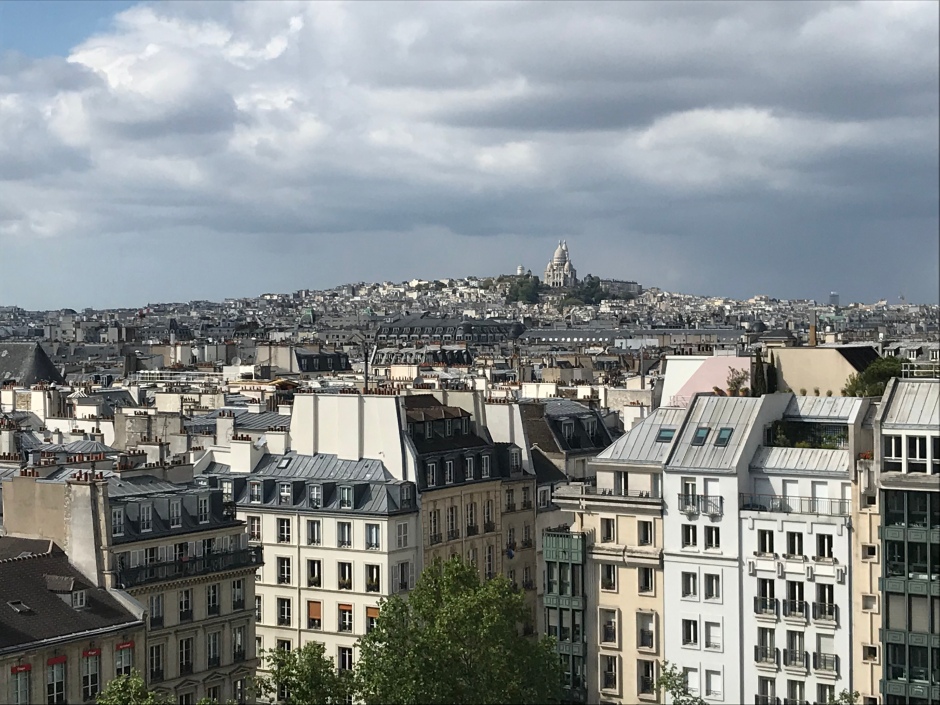



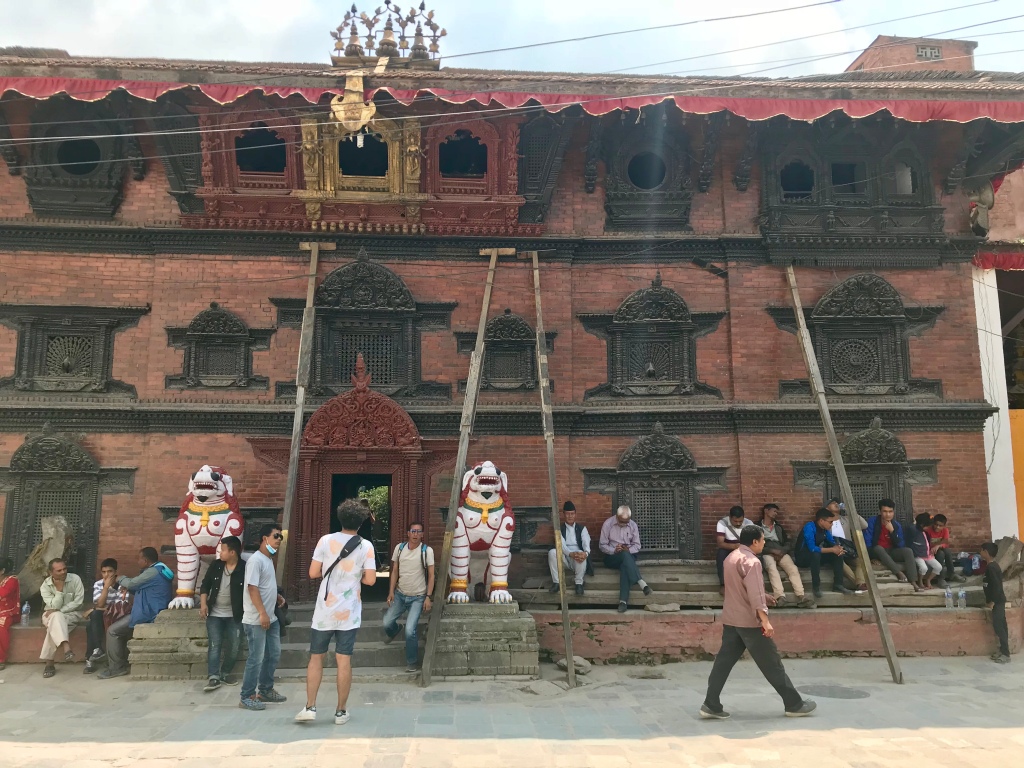
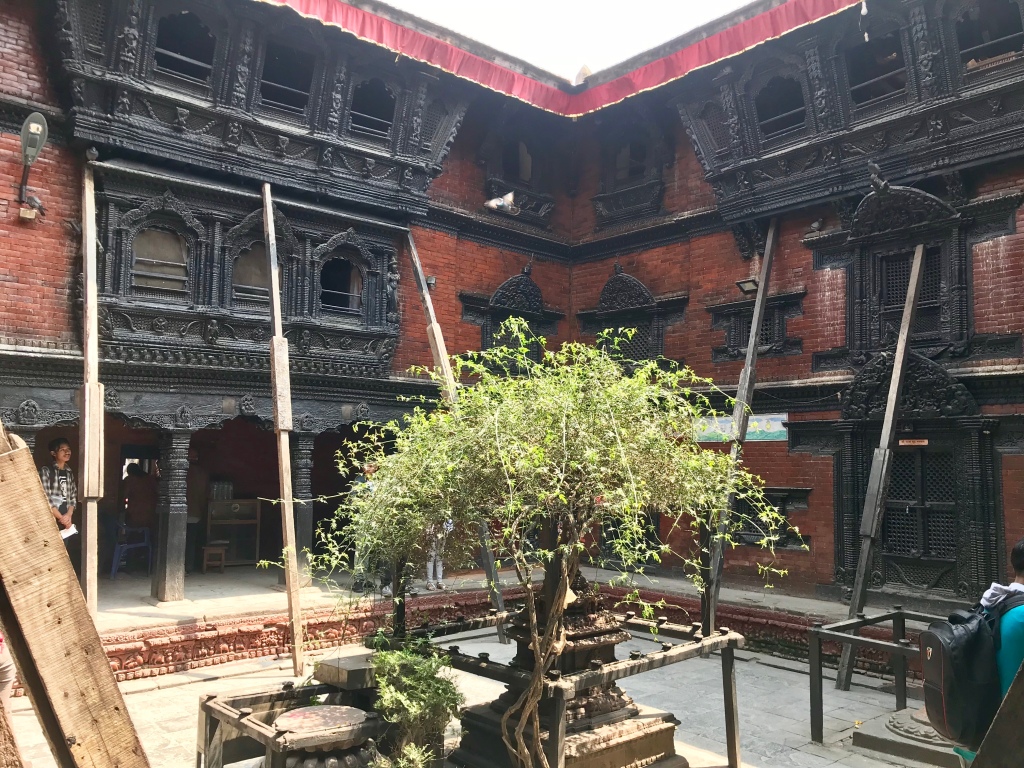



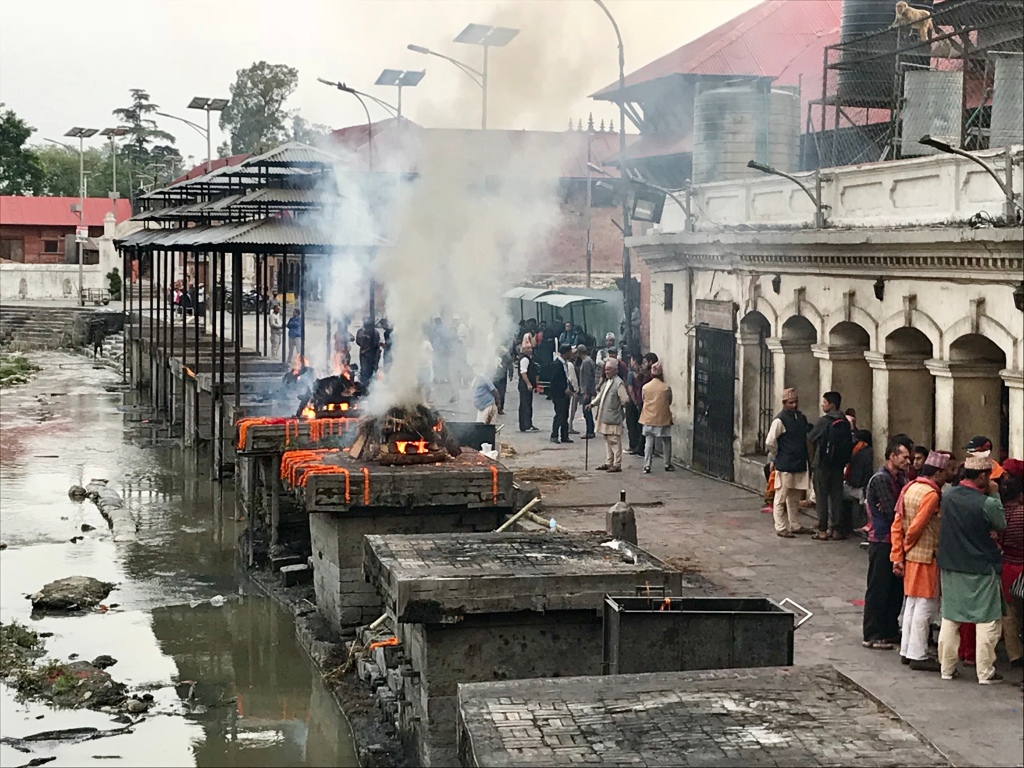



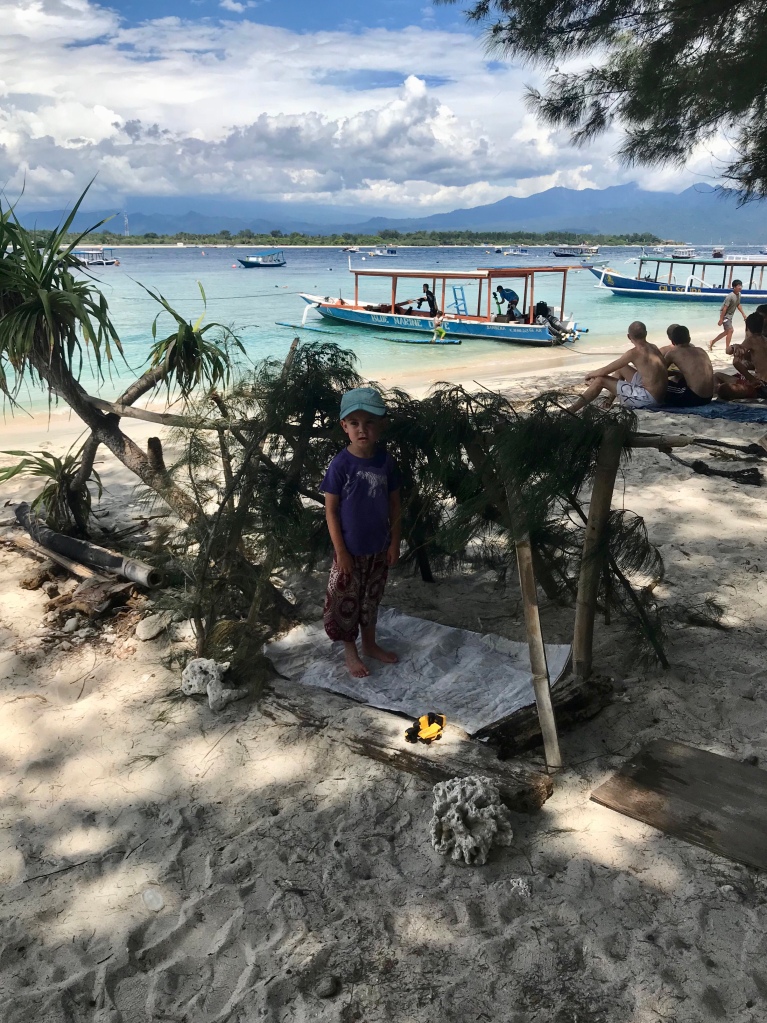
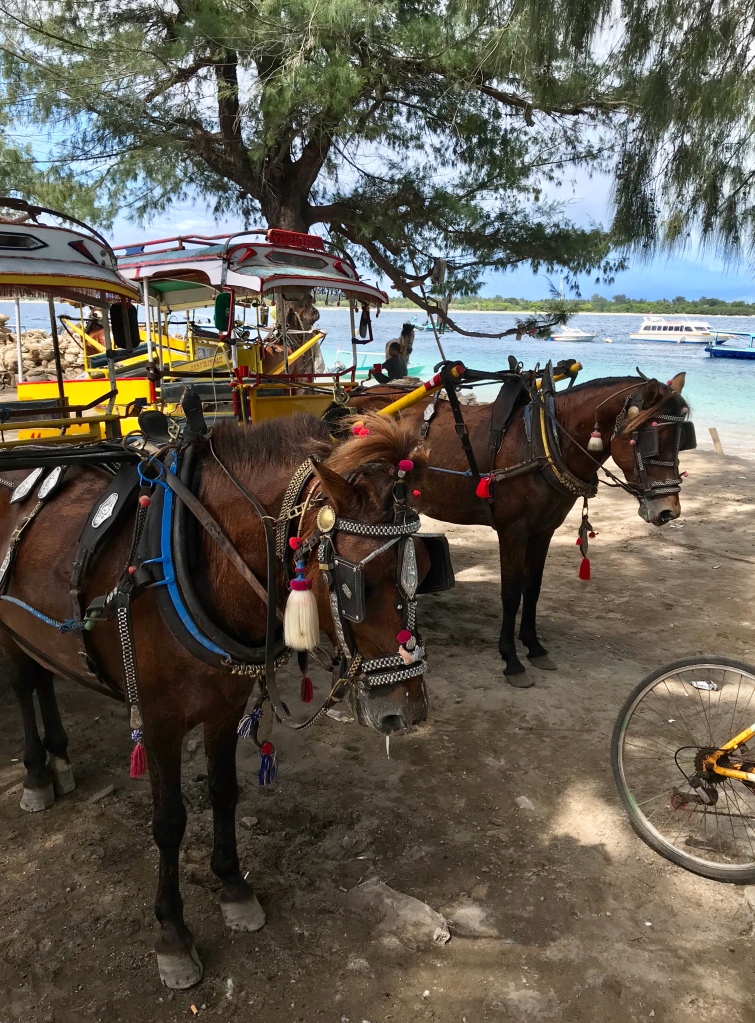




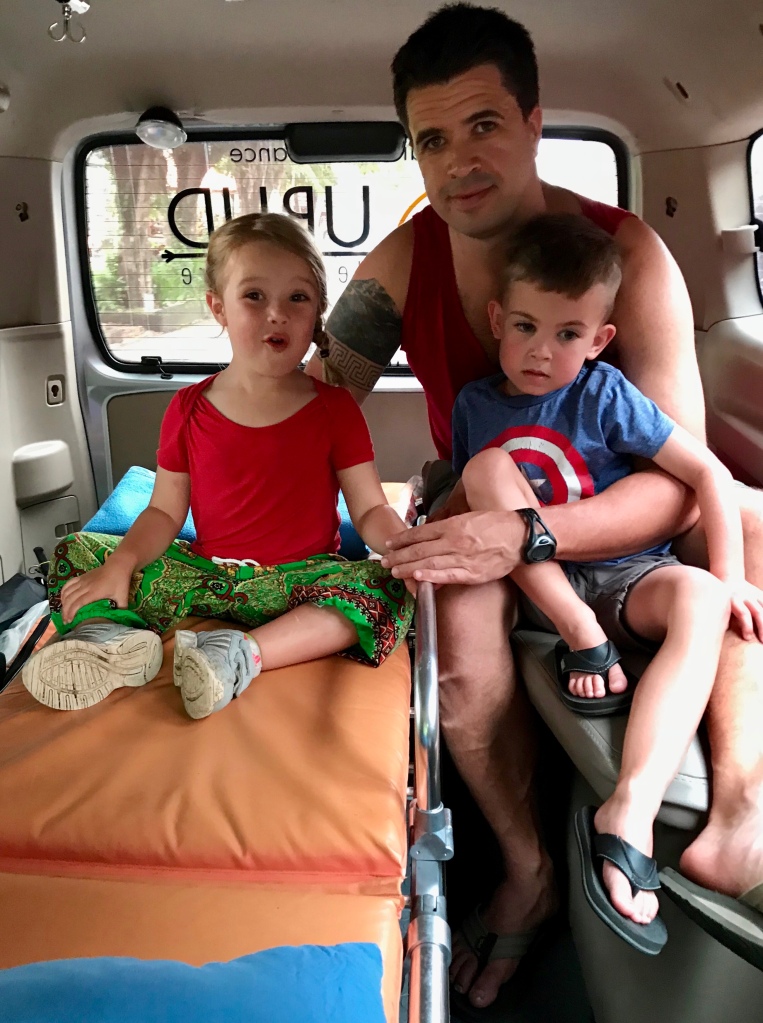

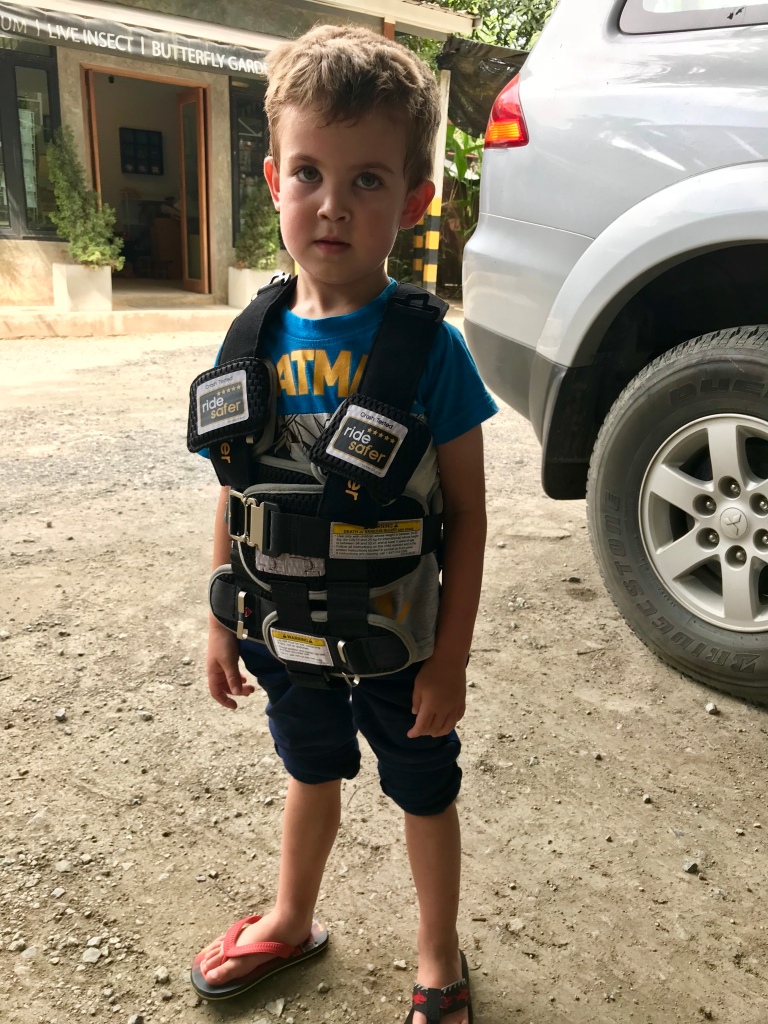

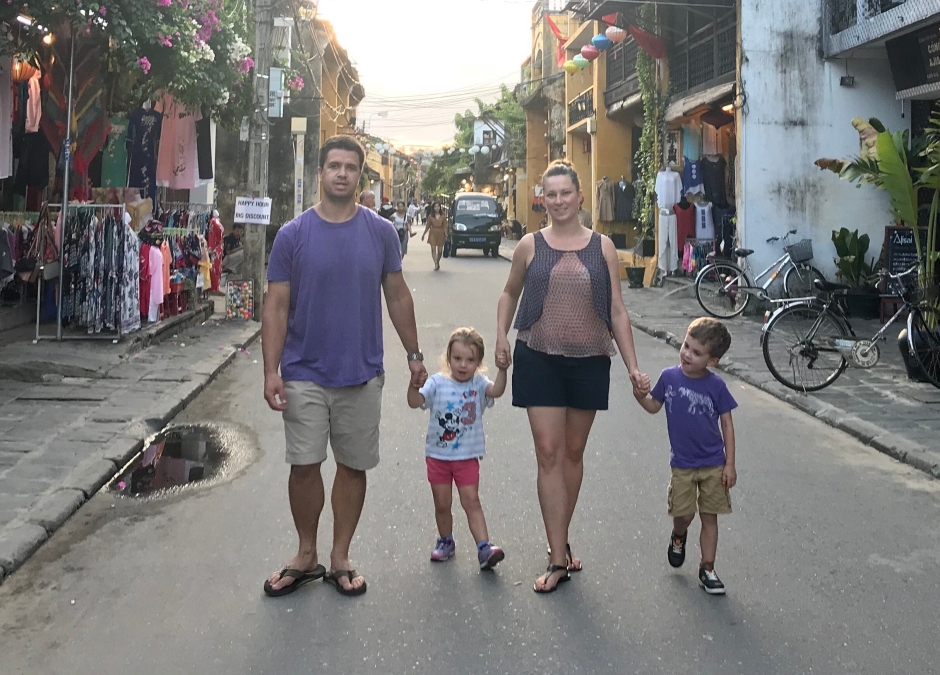

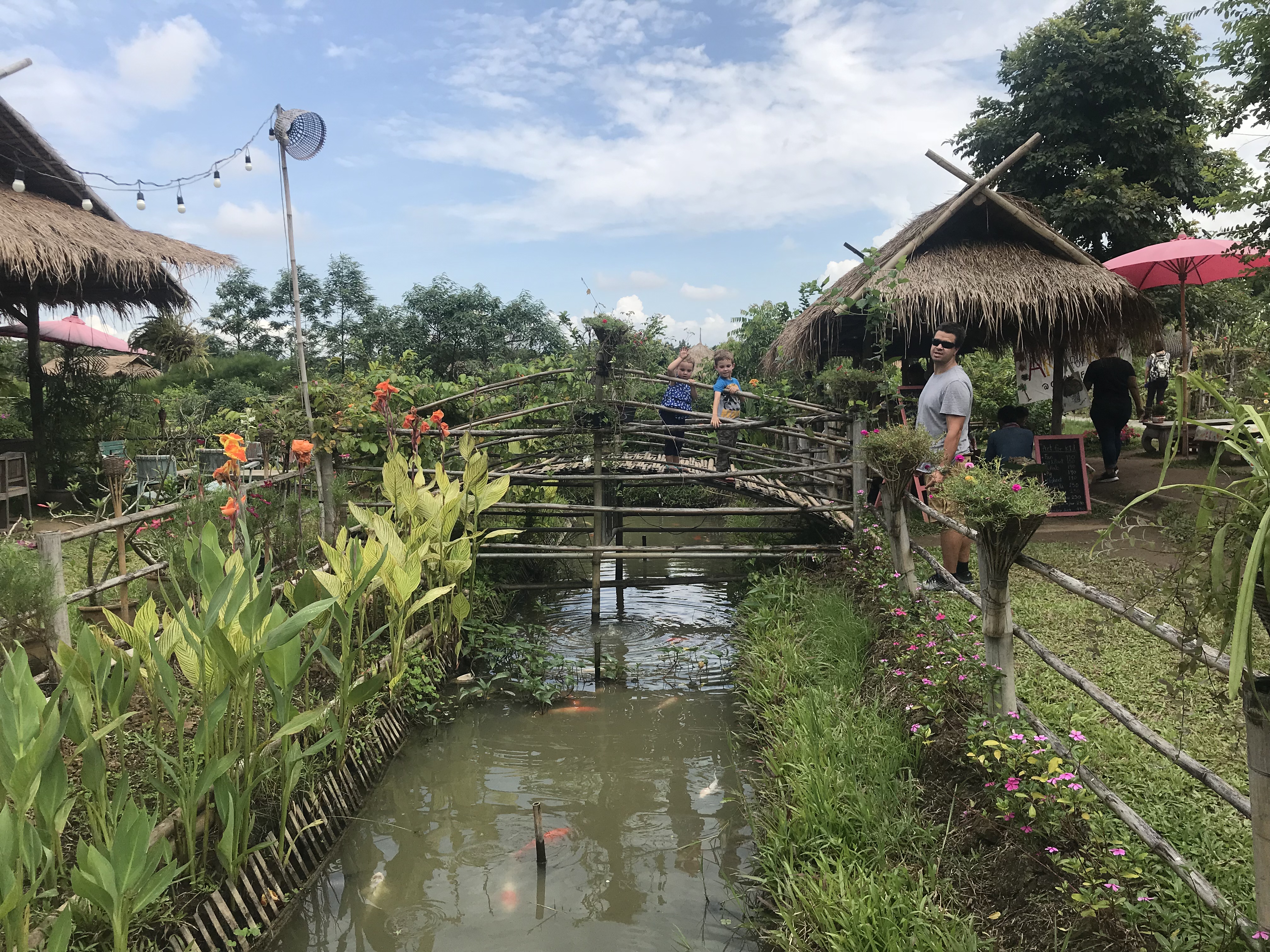





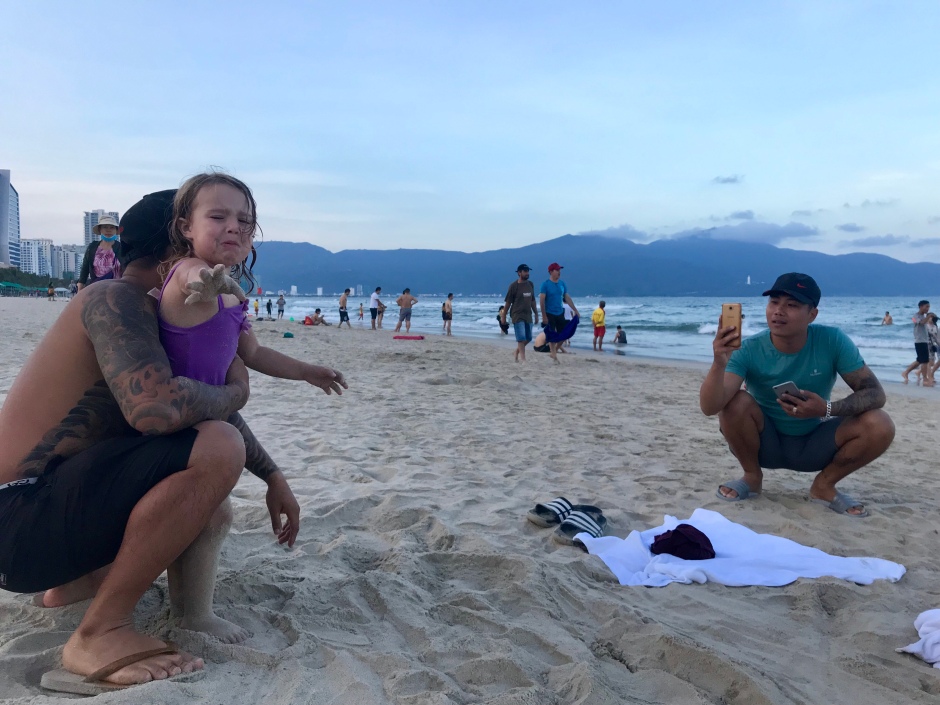
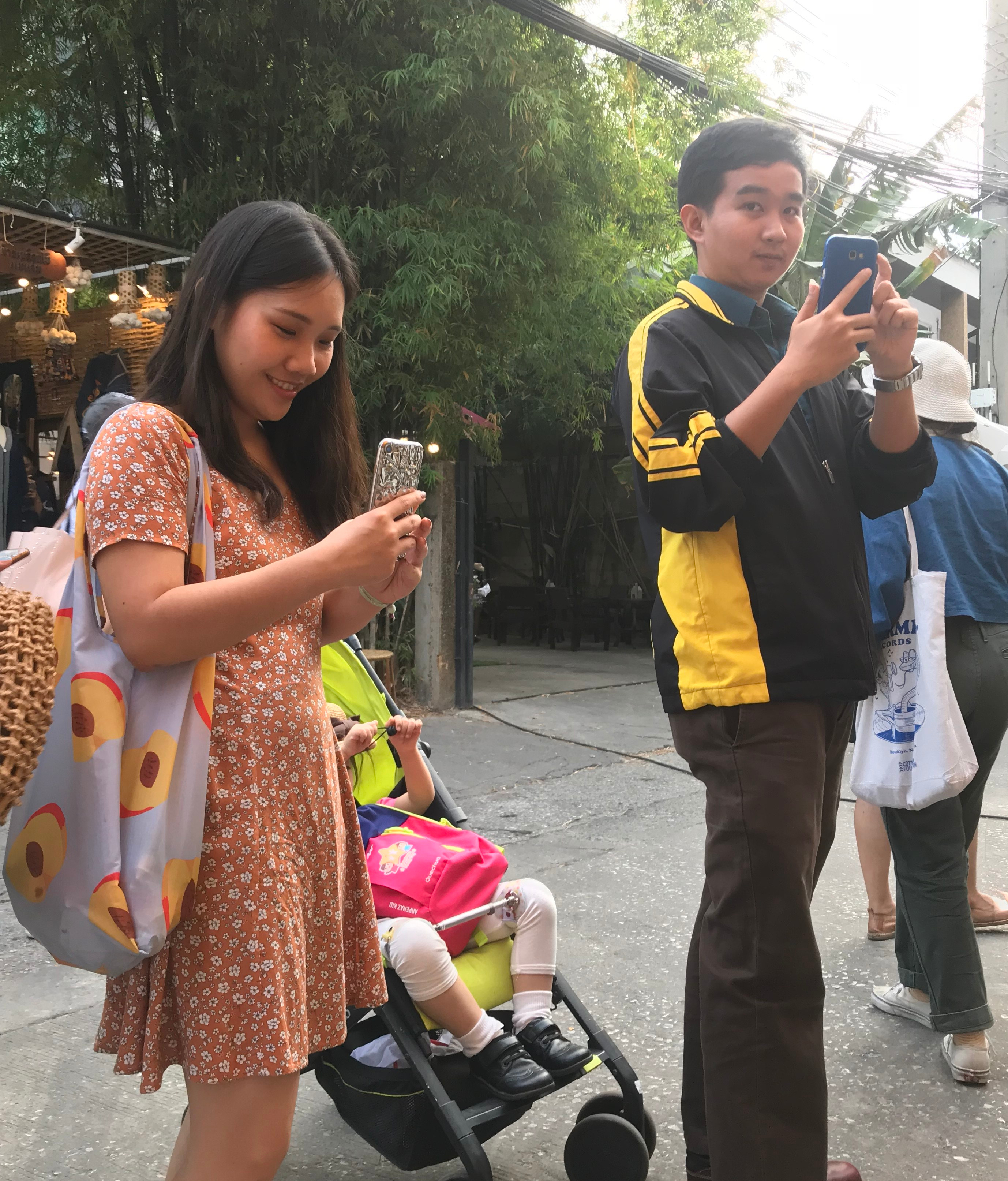





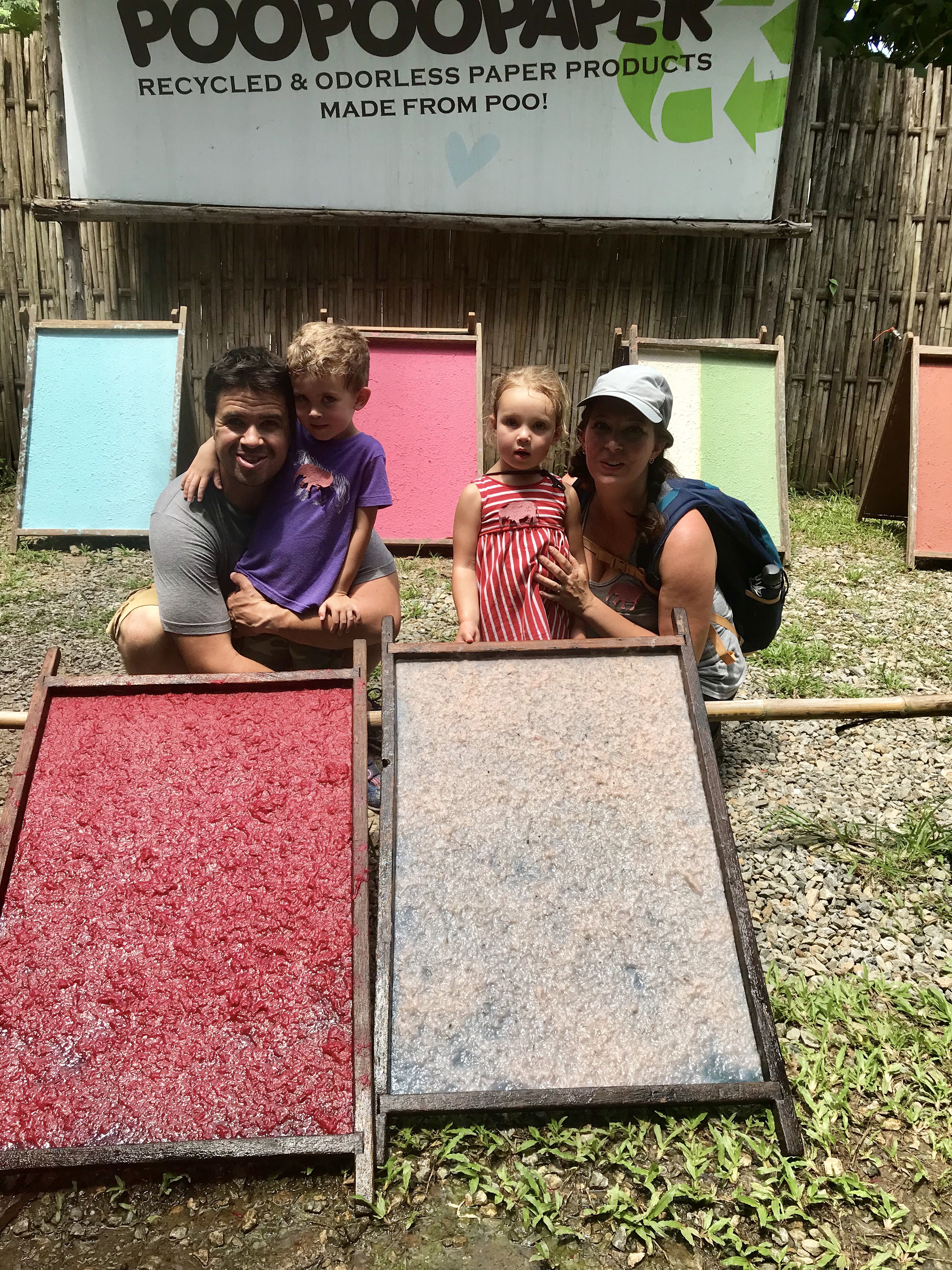
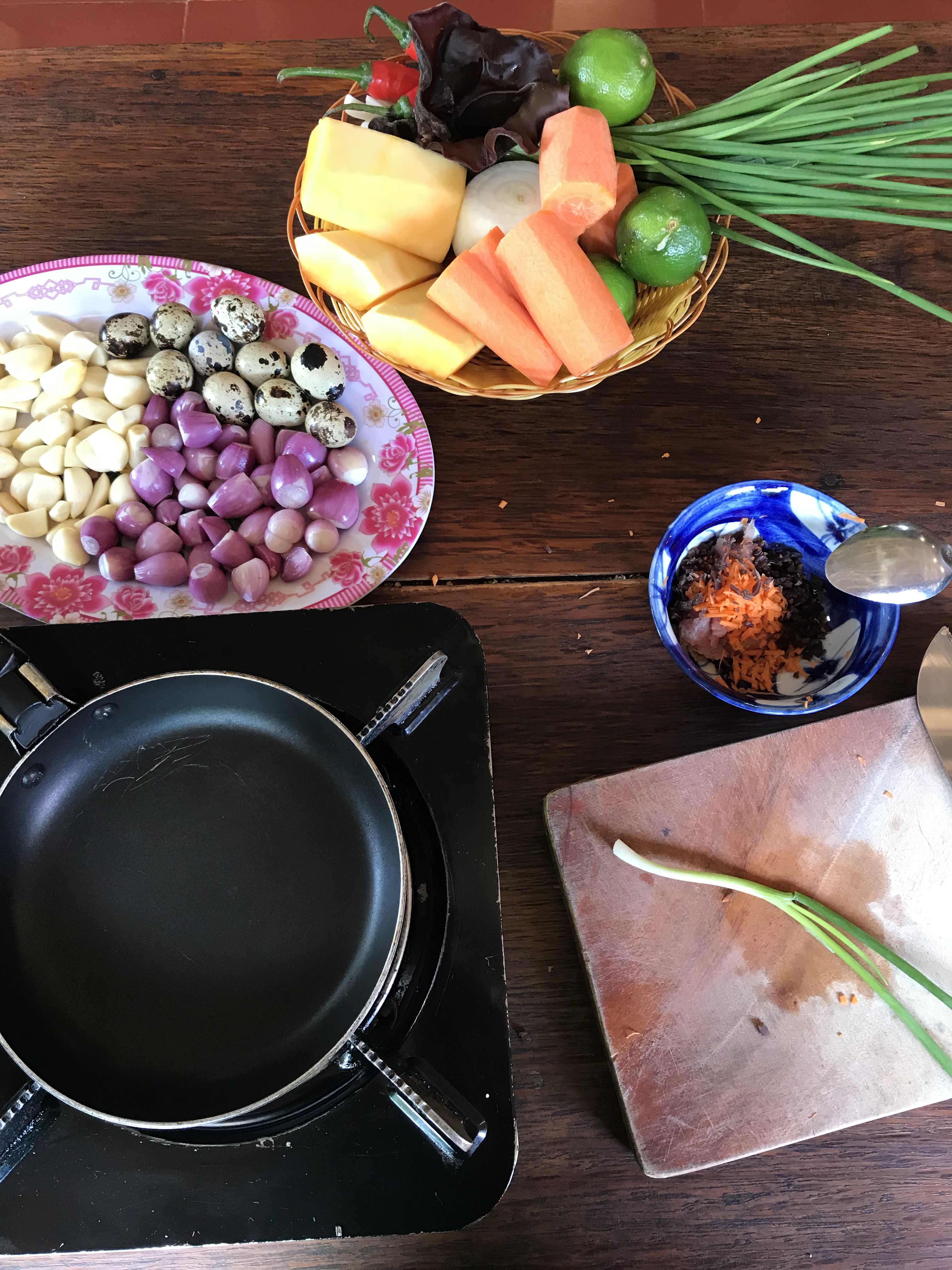
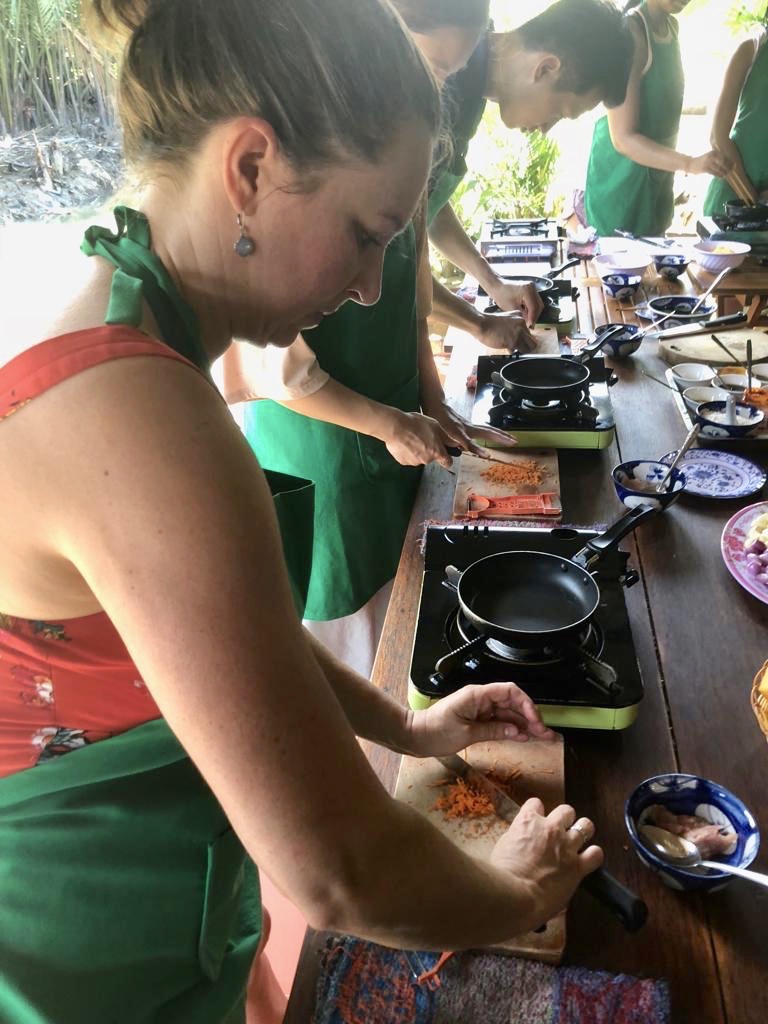

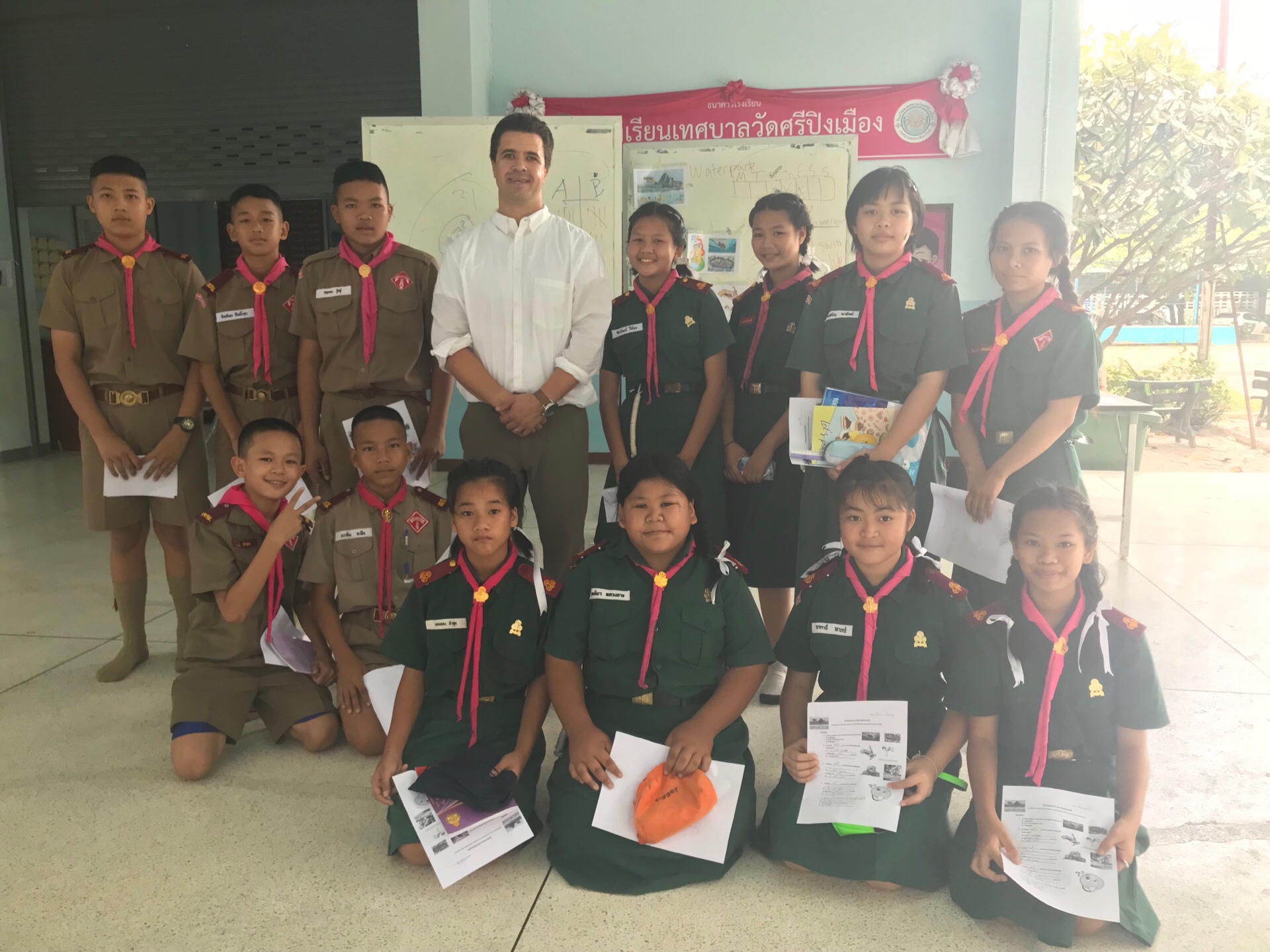

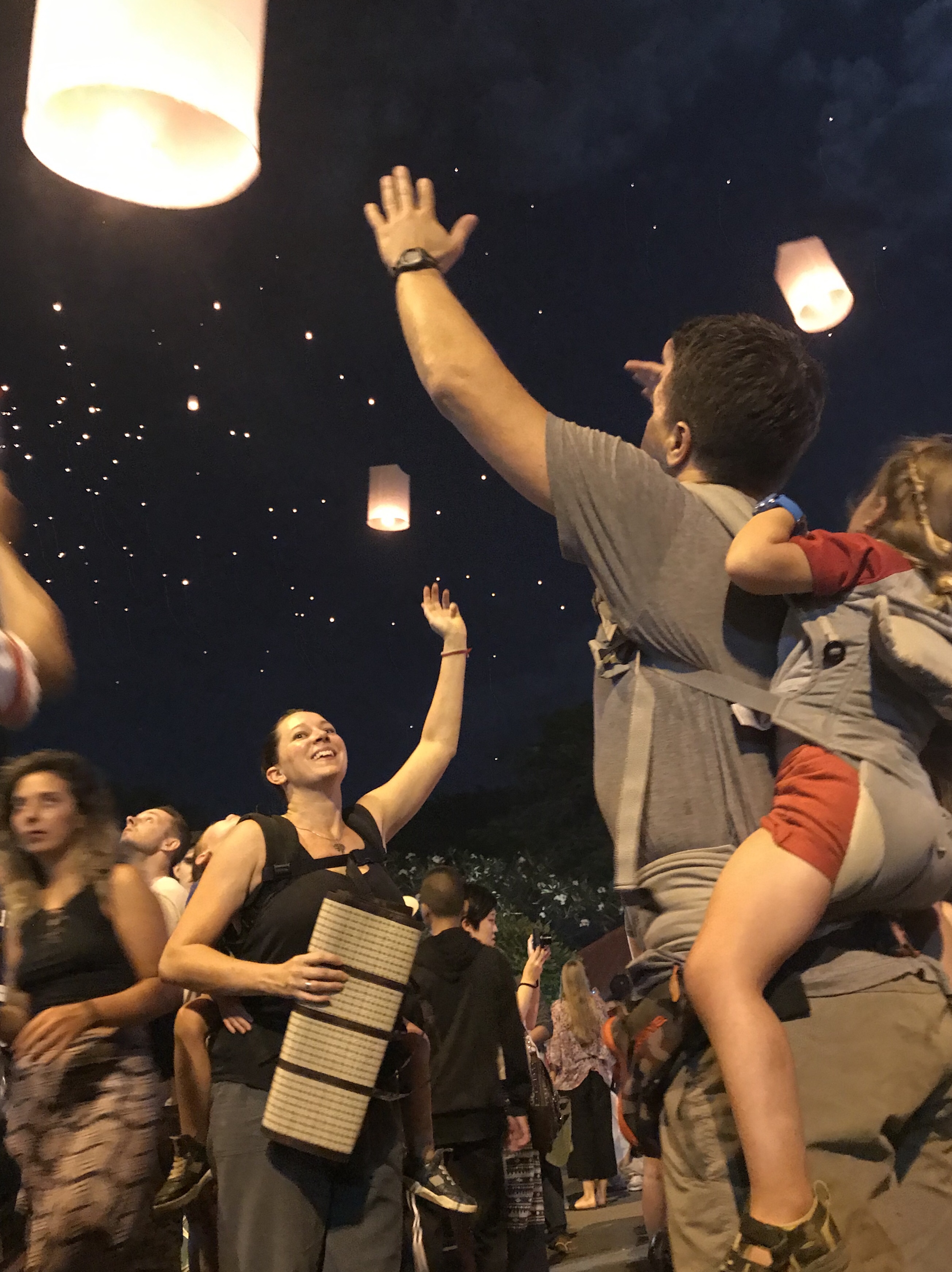
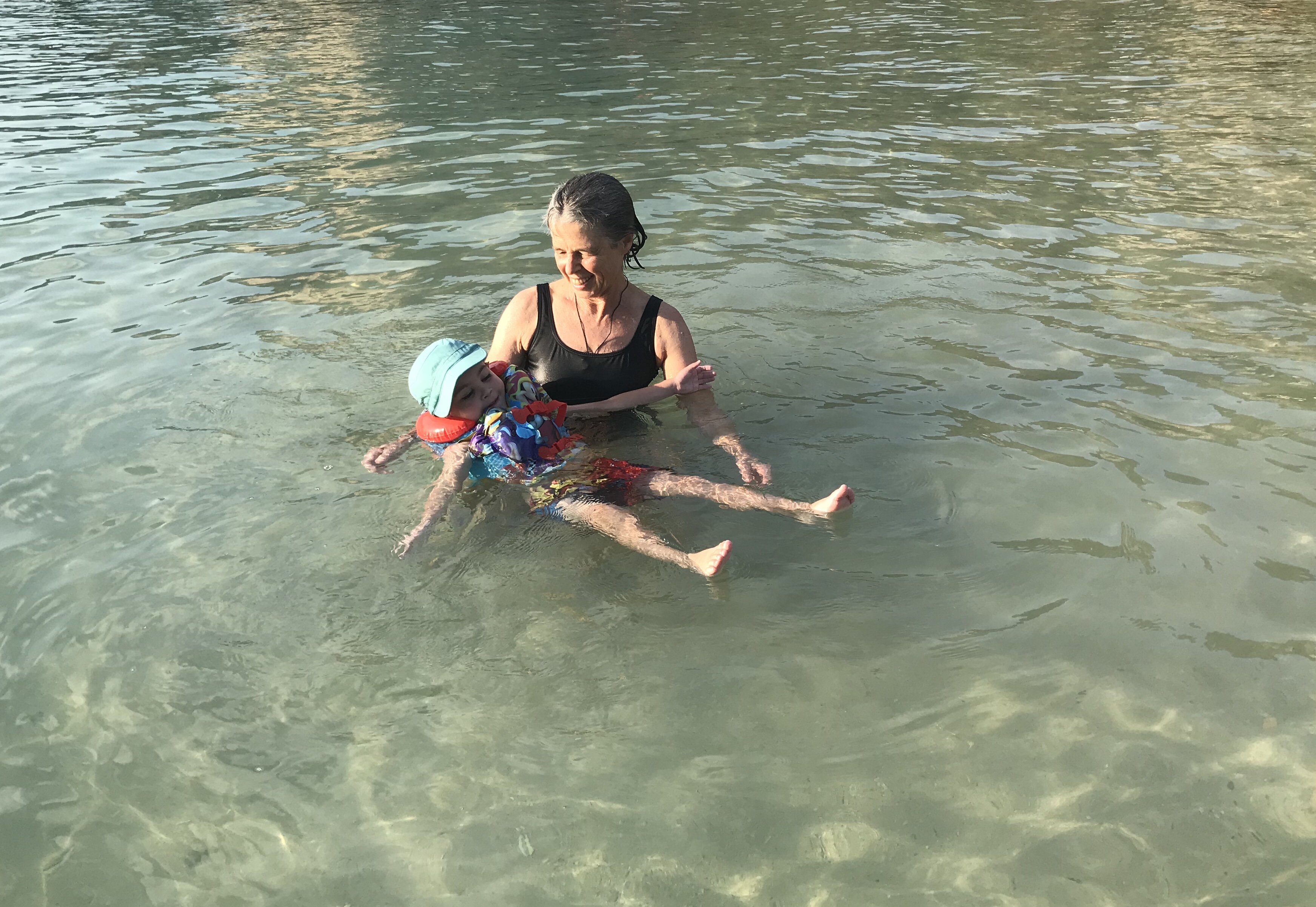


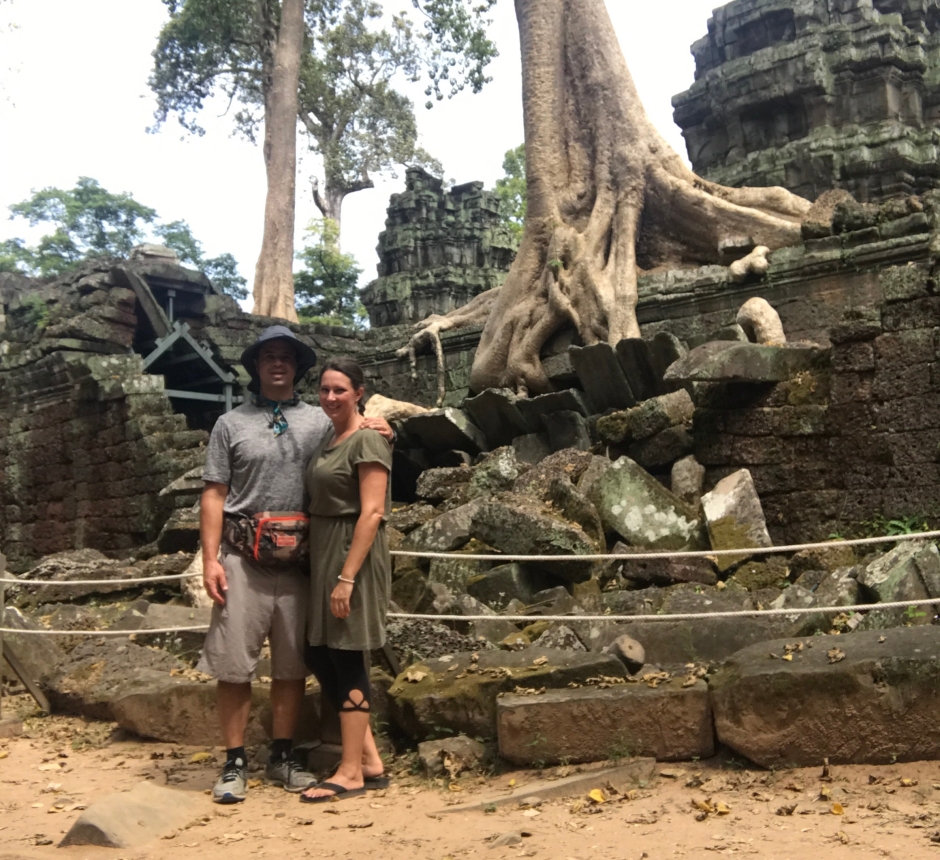
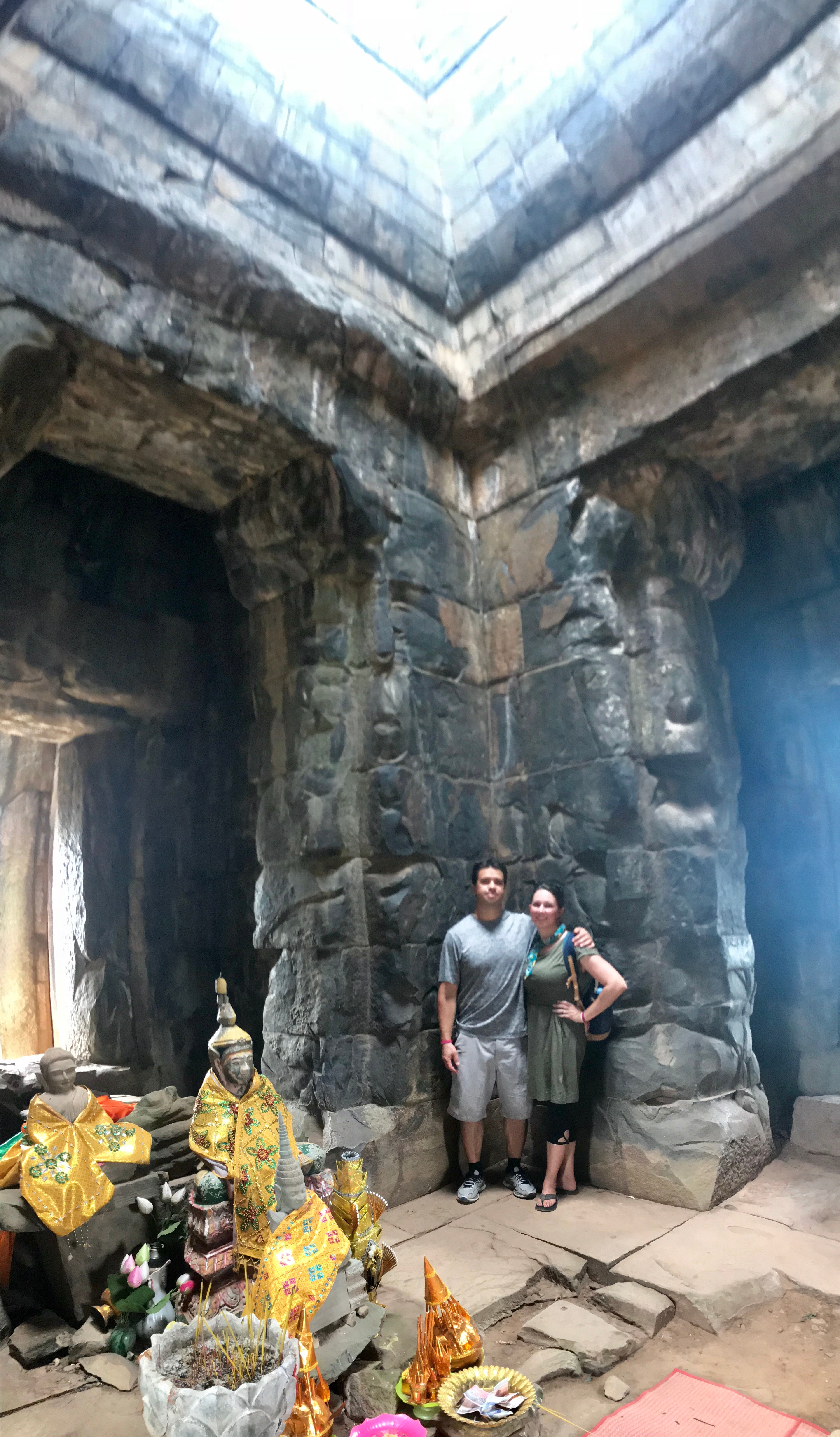
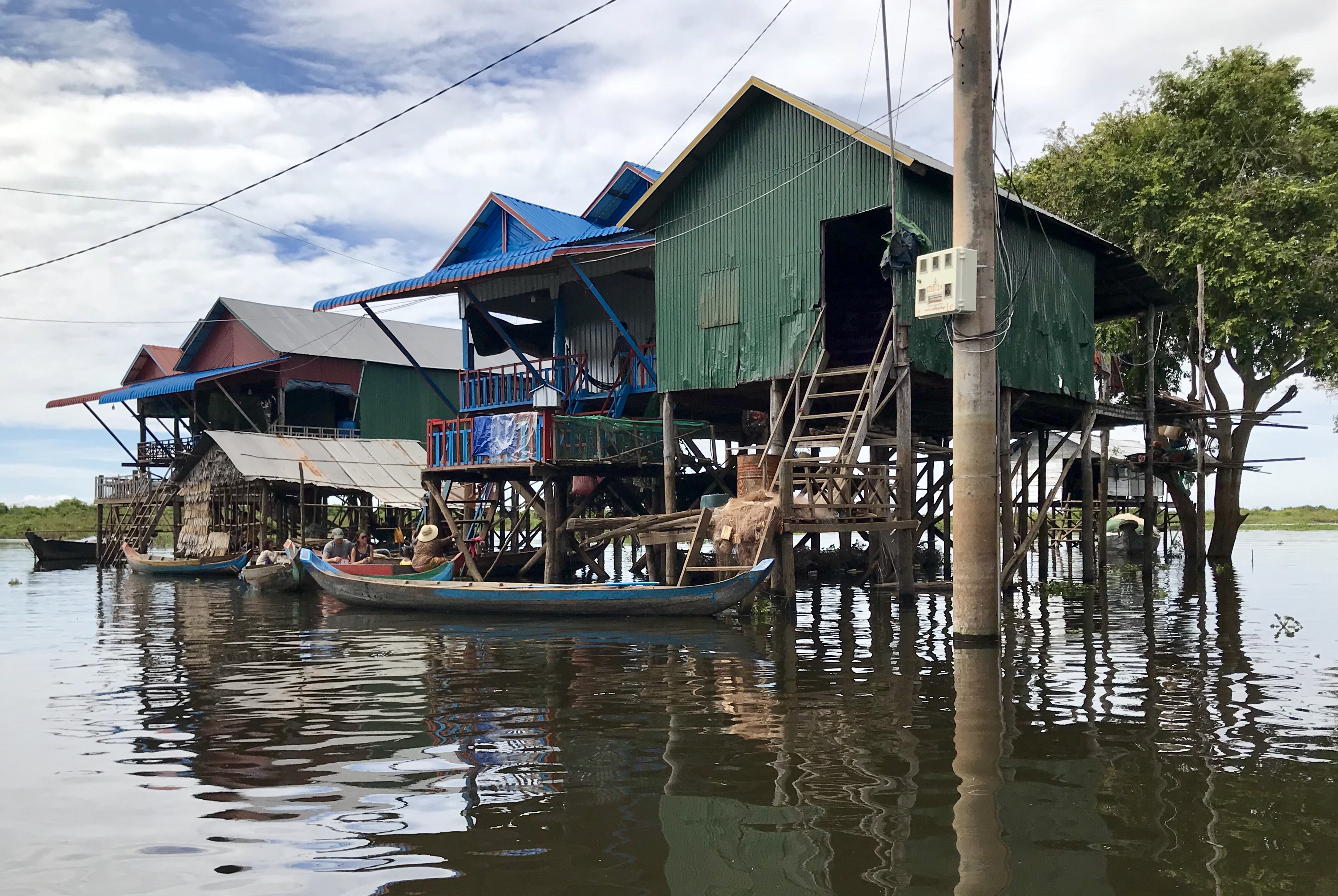 I naively thought that we were going on a short tour to something like a floating market or to see some unique architectural dwellings. It took approximately one minute after our arrival to be completely overcome with massive guilt for exploiting the locals by ogling at their lifestyle. I overheard some tourists being judge-y about the kids not attending school mid-day or the amount of trash in the neighborhood, most everyone seemed moved to be financially supportive.
I naively thought that we were going on a short tour to something like a floating market or to see some unique architectural dwellings. It took approximately one minute after our arrival to be completely overcome with massive guilt for exploiting the locals by ogling at their lifestyle. I overheard some tourists being judge-y about the kids not attending school mid-day or the amount of trash in the neighborhood, most everyone seemed moved to be financially supportive. 
